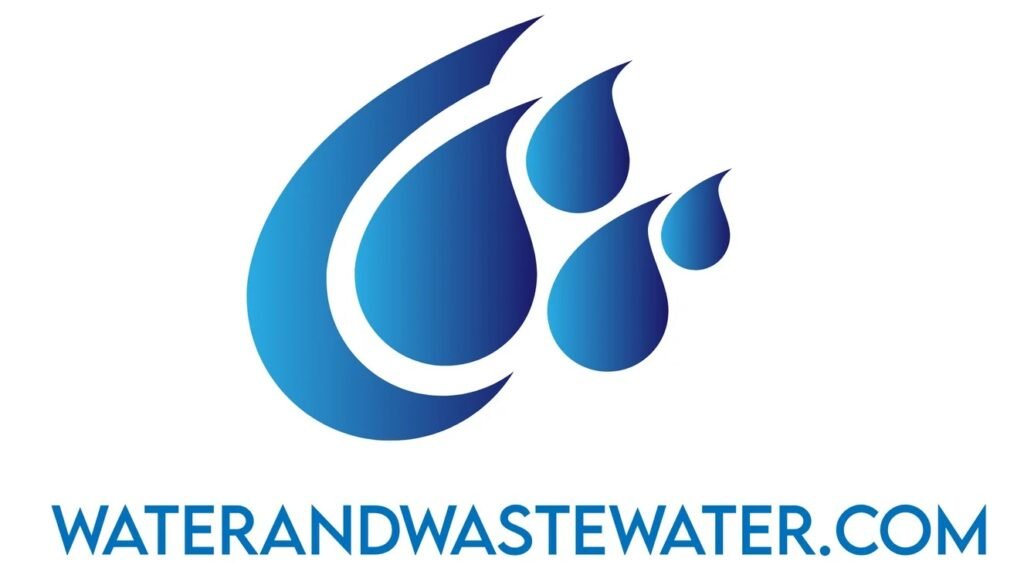Tag: challenge
Non-potable water is water that has not been treated or purified to the level necessary for safe human consumption. It encompasses a variety of water types that are utilized for purposes other than drinking, such as irrigation, flushing toilets, and industrial processes. Addressing the question “What is non-potable water?” it is essential to clarify that […]
Ozonation is a water treatment process that leverages the power of ozone, a potent oxidizing agent, to eliminate various contaminants from wastewater. Traditionally used for disinfecting drinking water, its application has expanded to treat municipal and industrial wastewater. Ozone is particularly effective against bacteria, viruses, and organic compounds, often as a tertiary treatment step to […]
Wastewater disposal is a critical environmental and public health concern. It encompasses the processes by which wastewater is managed after it is no longer needed or suitable for its original use. Managing this wastewater, including domestic sewage, industrial effluents, and agricultural runoffs, is essential to prevent the contamination of water bodies and groundwater resources. Adequate […]
Filtration in wastewater treatment is a critical process for removing impurities from water before it is released back into the environment or reused. The process involves passing water through substances that act as filters to separate particles and contaminants from the water. This is essential for protecting water quality, ecosystem health, and human well-being. As […]
Secondary clarification is an integral step in the wastewater treatment process, focusing on separating biological floc or sludge from the treated water after the primary treatment and biological processes have taken place. This phase is crucial as it determines the quality and clarity of the effluent, leading to the release of safe water back into […]
Dissolved air flotation (DAF) is a water treatment process that clarifies wastewater by the removal of suspended matter such as oil, grease, or solids. The removal is achieved by dissolving air in the water or wastewater under pressure and then releasing the air at atmospheric pressure in a flotation tank or basin. The released air […]
Primary treatment of wastewater, also known as mechanical treatment, is the first phase in the purification process of sewage. It focuses on the removal of large and suspended solids through a series of physical actions. At this stage, the wastewater is passed through several tanks and filters which are designed to separate solid waste from […]
In the sphere of wastewater treatment, screening serves as an indispensable preliminary step, aimed at sieving out debris and solids from the water. This process not only protects the equipment further down the treatment line from potential damage but also assists in the overall reduction of downstream processing challenges and improves the effectiveness of subsequent […]
Pumping stations are crucial components in water management systems, playing a pivotal role in transporting water and wastewater from one location to another. They are designed to handle various types of fluids, including fresh water, sewage, or stormwater, often moving the liquids from low to high elevation, across vast distances, or from one treatment process […]
Sludge disposal is an essential process in the management of waste produced by water treatment plants. The term ‘sludge’ refers to the semi-solid material that is left over after the treatment of sewage and industrial wastewater. Managing this byproduct effectively is critical to protecting public health and the environment. Methods of disposal must meet stringent […]
